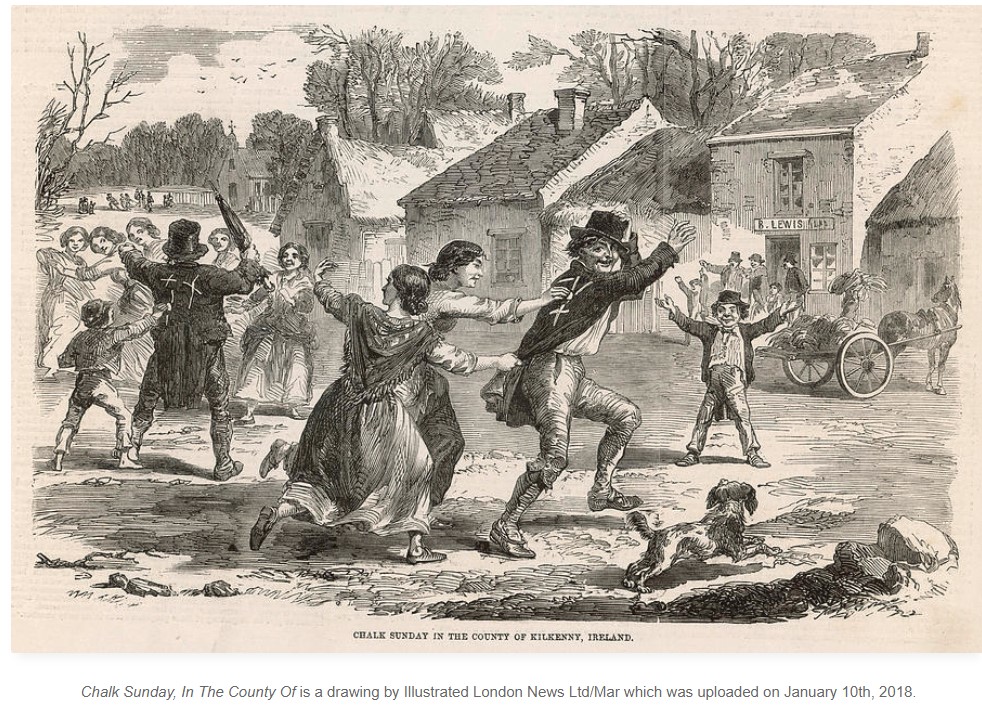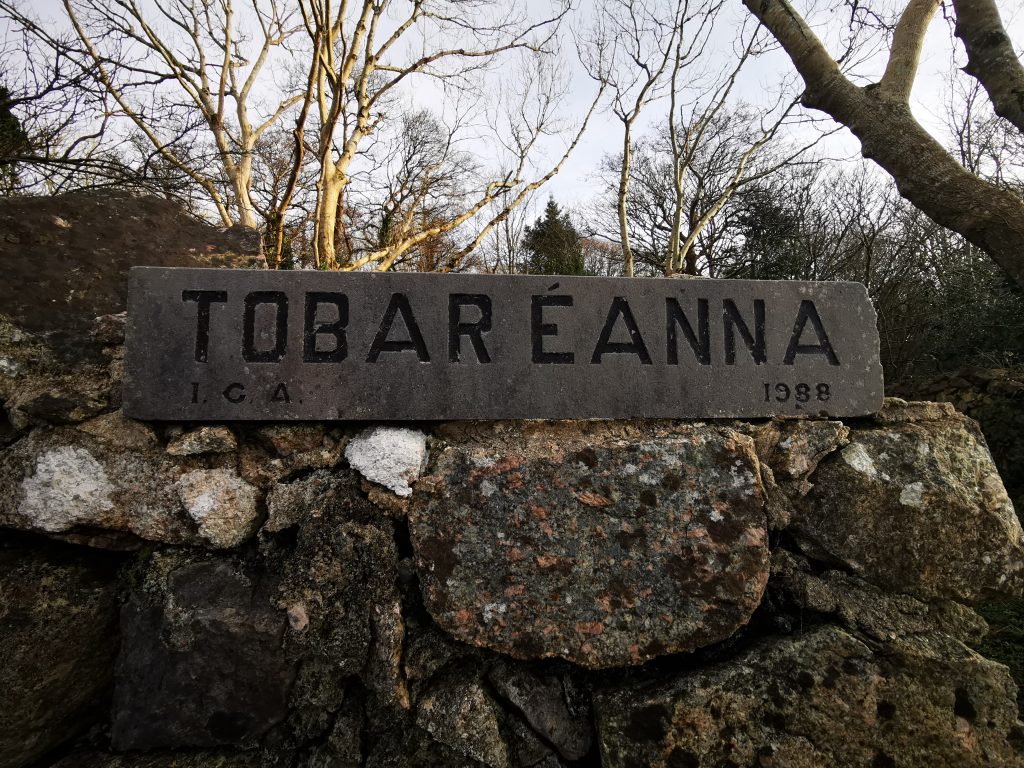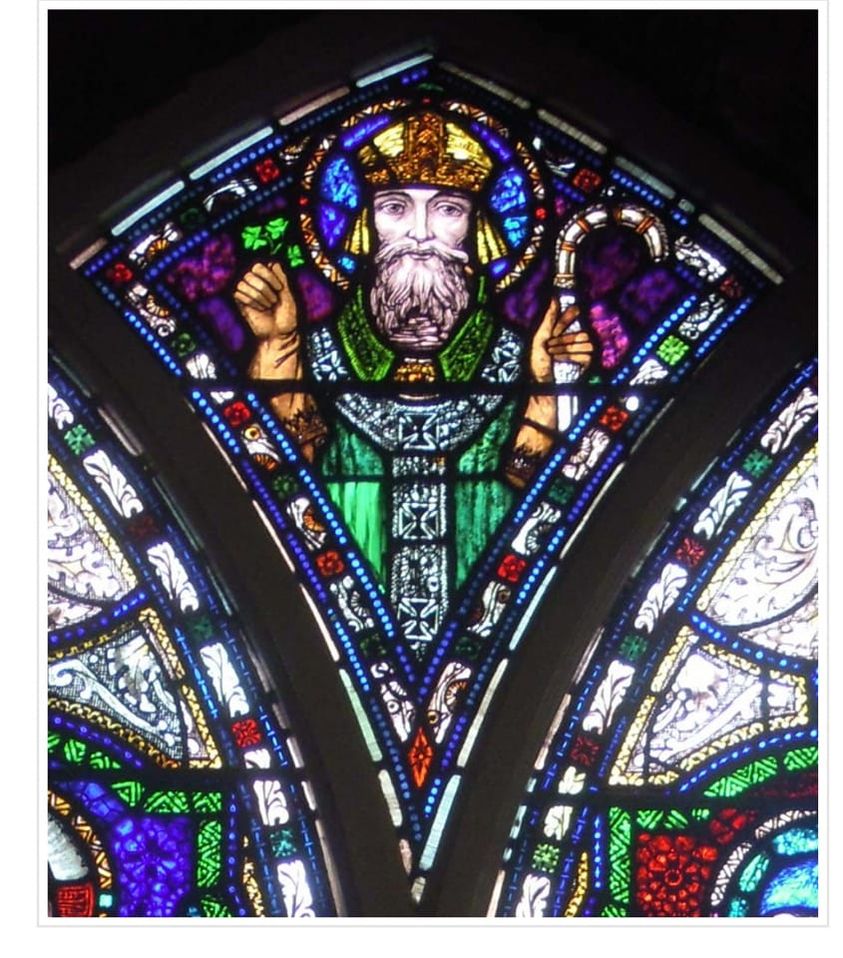
by Hilary Kiely
St. Patrick’s Day, celebrated around the world wherever the Irish have travelled (which seems to be just about everywhere, with a diaspora estimated to number around 100 million people of Irish decent on the planet – outside of those on the island of Ireland itself!) The patron saint of Ireland, Patrick is credited with bringing Christianity to Ireland, returning to evangelise after escaping his enslavement here. The story goes that he was captured somewhere in Britain, perhaps Cornwall, by raiders and sold in Ireland as a slave where he was put to work as a shepherd, Although he escaped, his heart had been captured by the people an so he returned to spread the good word.
Now, there is some historical debate regarding the particulars, Since this is thought to have happened in and around 432 A.D., it’s hardly surprising. Some suspect that it may not have been the work of one man called Patrick, he did leave the first, first-hand, written account of Ireland in his letters and Confessio.
“Some man for one man” might be said of Patrick, although some scholars doubt his having quite been so singularly responsible for the conversion of Ireland to Christianity. Regardless of the finer points, there is no question of the impact of St Patrick in Ireland down through the ages.
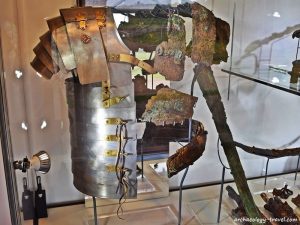
One piece of writing attributed to Patrick is an interesting bridge between Christianity and pre-Christian bardic poetry. It is known variously as the Lorica of St Patrick, a lorica being a type of armour which protects the torso, so also as St. Patrick’s Breastplate. The prayer is for protection and this is clear in the text of the poem. It is also sometimes known as The Deer’s Cry. The version which appears in the 11th century manuscript Liber Hymnorum has a title given as fáeth fiada, which was interpreted as the cry of a deer Irish for a deer is fia) but is more properly translated as a mist of concealment,
This mist is a concept which appears in other ancient texts such as the Books of Invasions (Lebar Galala Érenn) as found in the Book of Fermoy. One passage, for example, details the gifts of Mananan Mac Lír to the defeated Tuatha Dé Dannan. A tale called Altram Tige Dá Medar, which translates to something like The Fosterage of the House of the Two Drinking Vessels recounts that the Tuath Dé Dannan had been defeated by the Milesians in battle and were to withdraw into the sídhe (hills) into dwellings assigned by Manannan mac Lir, including to the High King Bodb Dearg. He made for the warriors the Fáeth Fiadha, Manannan’s Swine, and the Feast of Goibniu. A mist to conceal them, and a pig that could be killed and consumed, only to come alive again, and the last, the Feast of Goibhniu allowed them to escape age and decay.(1)
The scholar may have made the leap in translation as the accompanying story for the hymn is that Patrick was on his way to Tara to convert the inhabitants there. An ambush awaiting his party in hopes of keeping him from converting any further souls but Patrick sang this hymn and he and his party appeared to the waiting warriors as wild deer.

The text of the prayer follows:
Lorica of St Patrick
I arise today
Through a mighty strength, the invocation of the Trinity
Through belief in the threeness
Through confession of the Oneness
Towards the creator.
I arise today
Through the strength of Christ with his baptism,
Through the strength of his crucifixion with his burial,
Through the strength of his resurrection with his ascension
Through the strength of his decent for the Judgement of doom.
I arise today
Through the strength of the love of Cherubim
In obedience to the Angels,
In the service of the Archangels,
In hope of resurrection to meet with reward,
In prayers of patriarchs,
In predictions of prophets,
In preaching of Apostles,
In faiths of confessors,
In innocence of Holy Virgins,
In deeds of righteous men.
I arise today
Through the strength of heaven:
Light of sun
Brilliance of moon
Splendor of fire
Speed of lightning
Swiftness of wind
Depth of sea
Stability of earth
Firmness of rock.
I arise today
Through God’s strength to pilot me:
God’s might to uphold me,
God’s wisdom to guide me
God’s eye to look before me,
God’s ear to hear me,
God’s word to speak for me,
God’s hand to guard me,
God’s way to lie before me,
God’s host to secure me
against snares of devils
against temptations of vices
against inclinations of nature
against everyone who shall wish me ill,
afar and anear,
alone and in a crowd.
A summon today all these powers between me and these evils
Against every cruel and merciless power that may oppose my body and my soul,
Against incantations of false prophets,
Against black laws of heathenry,
Against false laws of heretics,
Against craft of idolatry,
Against spells of women and smiths and wizards,
Against every knowledge that endangers man’s body and soul.
Christ to protect me today
against poison, against burning,
against drowning, against wounding,
so that there may come abundance of reward.
Christ with me, Christ before me, Christ behind me,
Christ in me, Christ beneath me, Christ above me,
Christ on my right, Christ on my left
Christ where I lie, Christ where I sit, Christ where I arise
Christ in the heart of every man who thinks of me,
Christ in the mouth of every man who speaks of me,
Christ in every eye that sees me,
Christ in every ear that hears me.
I arise today
Through a mighty strength, the invocation of the Trinity,
Through belief in the Thrones,
Through confession of the Oneness
Towards the Creator.
Salvation is of the Lord
Salvation is of the Lord
Salvation is of Christ
May thy salvation, O Lord, be ever with us.
The Shamrock and the Trinity
You may note that the prayer emphasises the threeness and oneness of the Holy Trinity in the first verse. Patrick is said to have explained this concept to the pagan populace by way of the native Irish plant, the Shamrock.
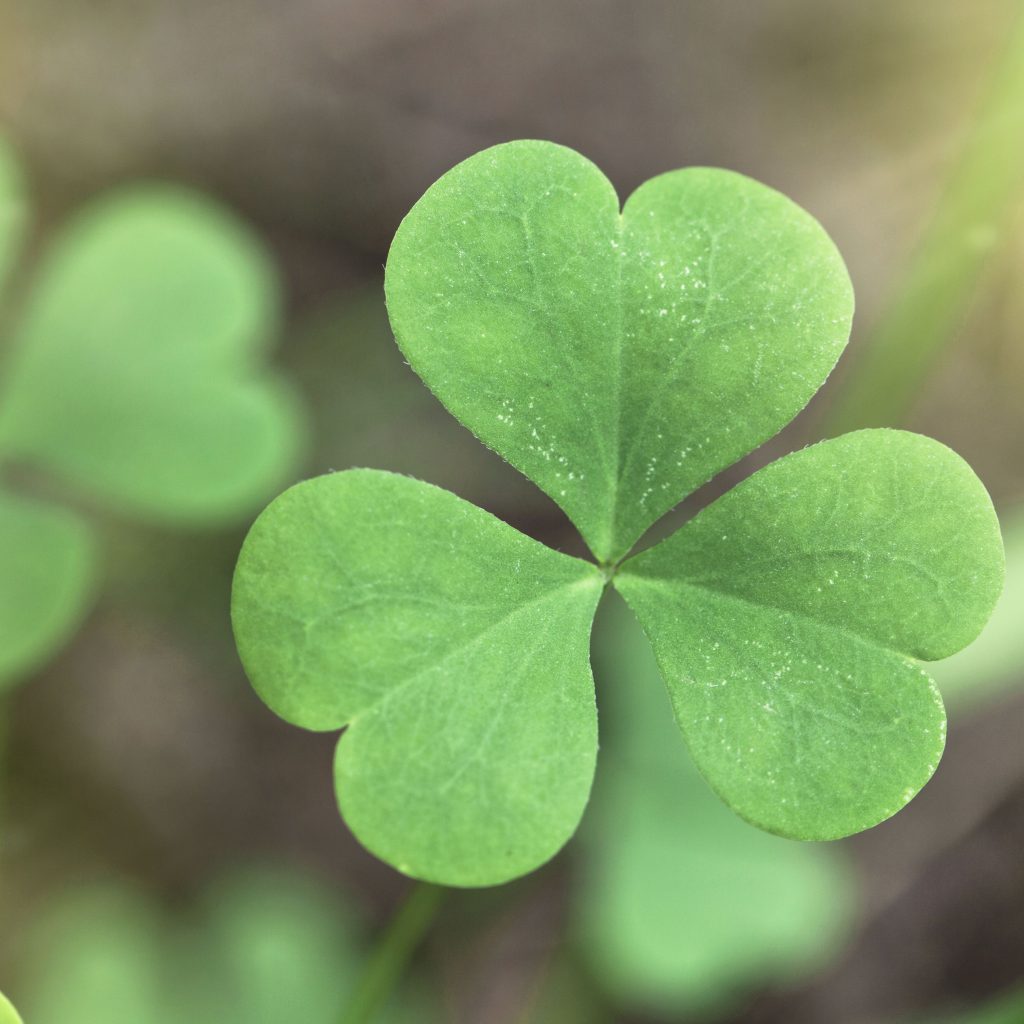
The Song of Amergin
It is reminiscent in ways of the “Song of Amergin”, found in the Book of Invasions (here is Lady Gregory’s translation as included in Gods and Fighting Men):
I am the wind on the sea;
I am the wave of the sea;
I am the bull of seven battles;
I am the eagle on the rock
I am a flash from the sun;
I am the most beautiful of plants;
I am a strong wild boar;
I am a salmon in the water;
I am a lake in the plain;
I am the word of knowledge;
I am the head of the spear in battle;
I am the god that puts fire in the head;
Who spreads light in the gathering on the hills?
Who can tell the ages of the moon?
Who can tell the place where the sun rests?
Amergin was the Chief Druid of the Milesians who fought the Tuatha Dé Dannan for primacy in Ireland. This is an example of ancient bardic poetry.
Patrick’s Rune
Fans of Smith College alum Madeline L’Engle may find this prayer familiar. L’Engle uses an adaptation of it called Patrick’s Rune in the third book of her “Wrinkle in Time” series, A Swiftly Tilting Planet:
In this fateful hour
All Heaven with its power
The sun with its brightness
The snow with its whiteness
The fire with all the strength it hath
The lighting with its rapid wrath
The winds with their swiftness
The sea with its deepness
The rocks with their steepness
Nd the earth with its starkness
All these I place
Between myself and the powers of darkness (3)
The Lorica of St Patrick calls on many powers for protection against many things. Hangovers are not among them, though, so be careful of how many glasses you raise in honour of Patrick today. Sláinte and beannachtaí na Féile Pádraig oraibh ! (Cheers/Health and St Patrick’s Day greetings to you)
Read more about Patrick in his own words in his Confessio.
References:
- Ni C. Dobs, M., “Altram Tige Dá Medar” Zeitchrift für Celtische Philologie vol. 18 (1929-30)
- Gregory, Lady Augusta, Gods and Fighting Men, 1904, p 32
- L’Engle, Madeline, A Swiftly Tilting Planet, Farrar, Strous, and Giroux, New York, 1978.

